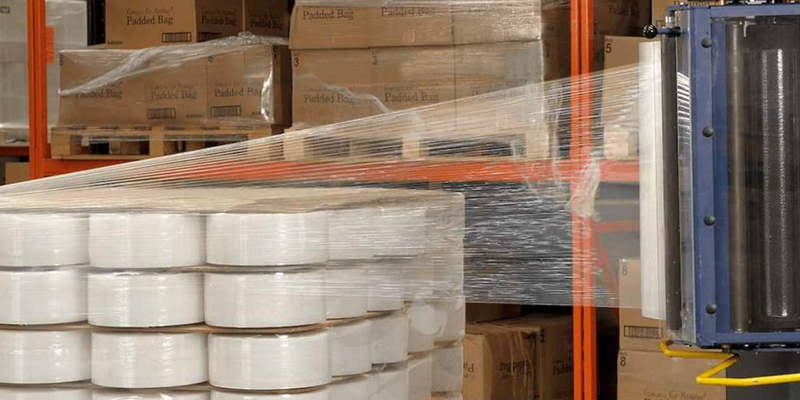A new white paper from Berry Global aims to offer insights on how to balance the drive towards more sustainable industrial stretch films while delivering the required levels of performance and reliability for every application.
The firm explained that businesses across all sectors are seeing increasing demand for more sustainable transit packaging. However, while this is important, it is ‘equally essential’ to acknowledge that stretch film’s primary function remains to provide load stability and protect against dust, dirt, and moisture.
The white paper Selecting High-Performance, Sustainable Stretch Films – Key Considerations discusses some of the key factors that need to be addressed in the decision-making process and outlines other ways in which the design and production of stretch film can support sustainability goals.
“True sustainability in any form of packaging requires a comprehensive holistic and product-focused approach,” said Gabriele Ditsch, sales director of Berry Global’s European Flexibles Division. “A so-called sustainable stretch film that fails to protect or transport the product effectively can end up causing greater environmental damage, not to mention serious cost implications, through spilt, lost and wasted product.
“In addition to our white paper, which has been created to invite companies to approach the subject of sustainability with an open mind, we also offer our customers a comprehensive Stretch Film Analysis as part of our initial sales process to assist them in the making the right decision for their specific application.”














